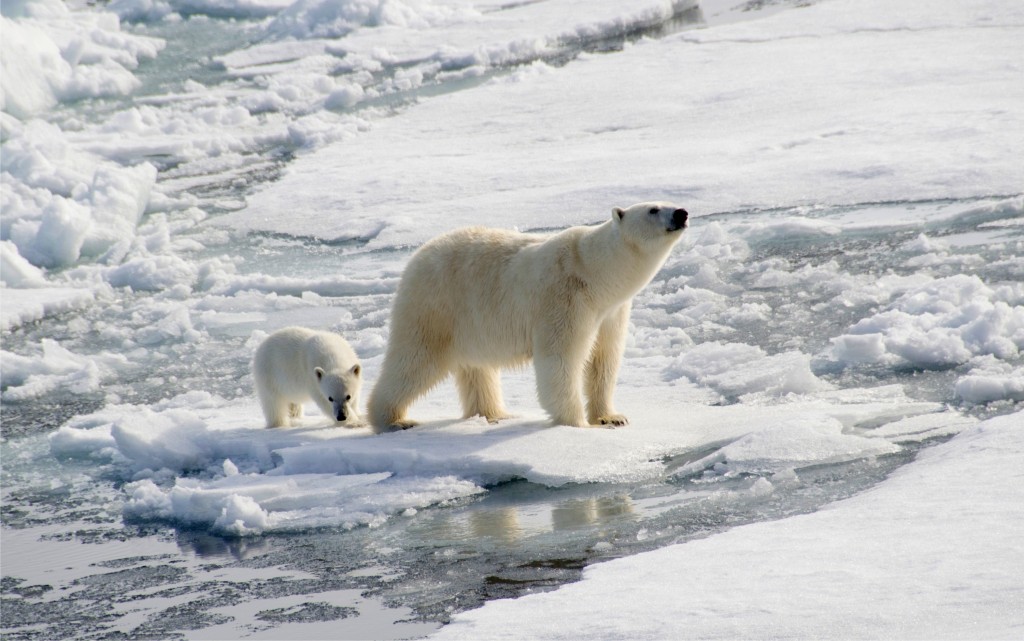Lauri Myllyvirta, lead analyst for research organisation Centre for Research on Energy and Clean Air, which contributed to GEM’s report said, “The power industry’s plan, which appears to have [Chinese] government backing, at least for now, is for coal power capacity to increase until 2030. So new plants are adding more capacity, not just replacing retirements. Last year saw retirements, in fact, slow down.”
By the end of 2021, a total of 176GW of coal capacity was under construction in 20 countries, which is slightly less than in 2020. China represented more than half (52 per cent) of that capacity, and countries in South Asia and Southeast Asia made up a total of 37 per cent.
Flora Champenois from GEM said, “The coal plant pipeline is shrinking, but there is simply no carbon budget left to be building new coal plants. We need to stop, now.”
The report also found that total coal power capacity under development declined 13 per cent last year. Moreover, with the ongoing war in Ukraine, some countries are delaying coal plant retirements as they scramble for energy supplies to keep the lights on.
According to the analysts, this move might temporarily set back global efforts to phase out coal, though soaring coal prices might also prompt some nations to speed up investment in green energy.
Myllyvirta told Straits Times, “The world is experiencing a fossil fuel price shock, leading to overall reduced fossil fuel demand and accelerated plans for clean energy development, reported Straits Times.
“European countries, in particular, have announced very ambitious plans for clean energy and energy efficiency as a part of the effort to end reliance on fossil fuel imports from Russia. These factors will lower coal demand in the coming years,” he added. (ANI)
This report is auto-generated from ANI news service. ThePrint holds no responsibility for its content.




 Cropped from Figure 1,
Cropped from Figure 1, 


